This week's second part of the series 'Dummy training for beginners' is about the classic tasks in dummy training, such as instructing, marking and searching for lost items. Some creative ideas for daily dummy training are also a must.
Hello, my dears!
Also this week I'm accompanying you with Maja, my 2-year-old golden retriever. Dummy work is particularly fun with her and I have always come up with new exercises over longer training phases. I have prepared many of our favorite tasks for you today.
Content of the blog article:
- The classic tasks in dummy training
- To mark
- Instruct
- Lost search
- More ideas for creative dummy training
- Right or wrong?

The classic tasks in dummy training
Regardless of whether you want to take exams or practice dummy training just for fun, there are three classic tasks: marking, instructing, and searching for lost items.
To mark
When marking, the dog and handler see how the dummy flies and where it lands. Ideally, a helper throws it. Your Wuffi knows the location of the case. Your dog marks, i.e., he remembers the place of the trap and focuses on it before he is sent off. He gets the dummy and brings it back to the handler.
Marking is particularly important when working with more than one dummy or when difficulty increases.
In order to remember where the fall occurred, the dog needs good memory. Impulse control is also important so that the dog doesn't immediately run to the dummy. In order for the dog to get the right dummy, good communication between people and dogs is important.
The marking is varied and the difficulty is slowly increased.
Here are a few ideas:
- Partially obscured trajectory or fall site through trees or bushes: Your four-legged friend has to estimate where the dummy will land and only knows approximately the fall site.
- Multiple markings: mark with multiple dummies. The more dummies and the closer they are together, the more difficult it is.
- Memory Mark: change location after the litter and send the dog off from somewhere else.
- Enticement dummy: Throw a second dummy while the dog is retrieving. The dog observes it and memorizes the location of the fall. However, he must return the first dummy before he can get the second.

Instruct
You can imagine that you are guiding your dog as if you were using a remote control. The handler knows where the dummy is, but the dog doesn't. The handler directs the dog to the dummy using directional instructions (forward, backward, right, left).
Other commands, such as stop and search, help with these exercises. Your dog is very obedient and is in constant contact with his human. The dog has to put aside its own interests and impulses and trust its human so that they can complete the task. The individual commands must be carefully structured.

Lost search
During the lost search, the dummy is lost. Neither the dog nor the handler knows where it is. The dog is sent out to search and independently searches the area for the dummy. The search is carried out in areas with vegetation so that your dog does not immediately see the dummy.
Ideally, the dog uses the wind to help him. If the dog runs in large serpentine lines against the wind, he is looking for the scent of the dummy. The wind carries the smell of the dummy with it. Professionals refer to this way the dog works as “revving against the wind”. If the dog picks up the scent, it follows it and finds the dummy.
At first the dog can watch as the dummies are laid out, but as your skill increases you can carry out a so-called 'blind search'. The dog does not observe the laying out and therefore has no clues as to where the dummy is.
Ideally, a helper throws the dummy into the search area and does not drop it. Many dogs otherwise like to follow the human's trail in order to find the dummy. If you throw the dummy, there is no trail for the dog to follow and your dog has to work with the weather.
You can vary and vary the search for lost things.

A few ideas:
- Hide several dummies: The more dummies, the easier it will be for the dog to find one. The more he has to find, the harder it becomes as he has to work longer and the dummy density decreases. He doesn't have to find them all in every search. You can collect the remaining dummies yourself if you notice that your dog's search performance is decreasing. But make sure that the exercise ends on a positive note with a great dummy found.
- Use uneven terrain: it is physically more strenuous there and at the same time the wind is not clear, for example due to slipstream or deflected wind.

Favorite exercise of Fynn & Maggy
Since Fynn often watches me while I'm walking, it's difficult for me to interpret a lost search. So that he doesn't see me, I let him sit down at a bend in the road and go around the corner. This way he can't watch me hide.
As soon as every dummy is in a hiding place I go back to Fynn. Sometimes I let him search straight away, but often I just go with him. To do this, I put him on a leash or let him walk for a moment. As if nothing had happened.
On the way back I send him from another point into the search area and let Fynn look for the dummies. The pause and walk between hiding and searching makes the exercise more difficult.
You can do this exercise at three levels of difficulty:
- First, hide the dummy and let your dog immediately look for it.
- If this works well, you can go past the hiding places and just do a few tricks before searching.
- For the most difficult exercise, you can take a long break between hiding and searching, or have someone else hide the dummy some time beforehand.

More ideas for creative dummy training
In addition to the classic tasks, you can let your creativity run wild and come up with new tasks. You should note that every exercise has a certain training effect and the dog learns something from it.
Therefore, always think about which exercise makes sense. You build up each new task slowly and increase the difficulty with your dog's ability.
Here are a few tasks that I like to do with Maja:
- Vary the height: raise the dummy higher or hide/lay/hang it lower (e.g. place it in a hollow, on a park bench...) brings variety.
- Burying the dummy: your dog has to use his nose to find the dummy. For example, in the sand, under leaves or in the snow.
- Working with another dog: This is a special challenge for both dogs. Either one dog works and the other waits, or you let both dogs work in parallel. Above all, the concentration of both dogs is challenged and trained.
- Throw the dummy and slowly walk towards it together: too easy? Run over the dummy together. Great exercise to practice walking on your feet/next to you and to train your impulse control in other ways.
- Improve obedience: Have the dog retrieve/stop/put down/put down on the way to the dummy. It is particularly difficult just before reaching the dummy. Alternatively, you can stop your dog at fetch. A great exercise to train obedience under increased stimuli.

- Combine different trainings: You can lay out the dummy and ask the dog to do other exercises (e.g. obedience or tricks). In between, the dog is allowed to fetch the dummy.
- Treat temptation: Lay out chews, treats or toys and let the dog retrieve over or past them.
- Lose a dummy on a walk and let the dog look for it: Simply drop the dummy, move on and send the dog back the way. A great way to exercise the dog without leaving the path.
- Habituation: Use objects (e.g. bucket, towel…) and hide the dummy in them. Works great at home.
- Set up a lost search and look for the dummy together: This is the absolute booster for the bond between you and your four-legged friend.
- Grow a dummy tree: Hang dummies from a tree and let the dog harvest them. Please take care of the tree so you don't want it to be damaged. These tasks are possible on a fence.
- Let the dog become a problem solver: The dummy is designed so that the dog has to think outside the box to get to it. For example: First jump onto a bench to get the dummy. During this task you can work together and help your loved one.
- Dummy choice: Place several dummies in a pile and let the dog fetch one. Some dogs find it difficult to decide. This way you can also find out whether the dog has a favorite dummy.
- Use the dummy as a reward: If the dog really loves the dummy training, you can use the dummy as a reward. Either by throwing it as a reward or putting it out before training and letting the dog search.

Right or wrong?
If you want to take part in tests or train your dog to hunt, there are certain rules you should adhere to. If this is your goal, you should contact an experienced trainer.
If you just do it for fun, you can decide for yourself what is right or wrong for you personally. You have the option to define your own rules. This means you can train your dog in a more performance-oriented way or you can simply leave the idea of performance aside. So there are all possible shades of performance in dummy training. Everything is fine because it offers dog and owner lots of fun and exercise.
It depends on what is important to you and what you want to achieve with your dog. Don't let others unsettle or influence you. Do what brings you joy and brings you closer to your goals. As long as you don't harm anyone, everything is fine and you can have fun!

We wish you a lot of fun and success training together!

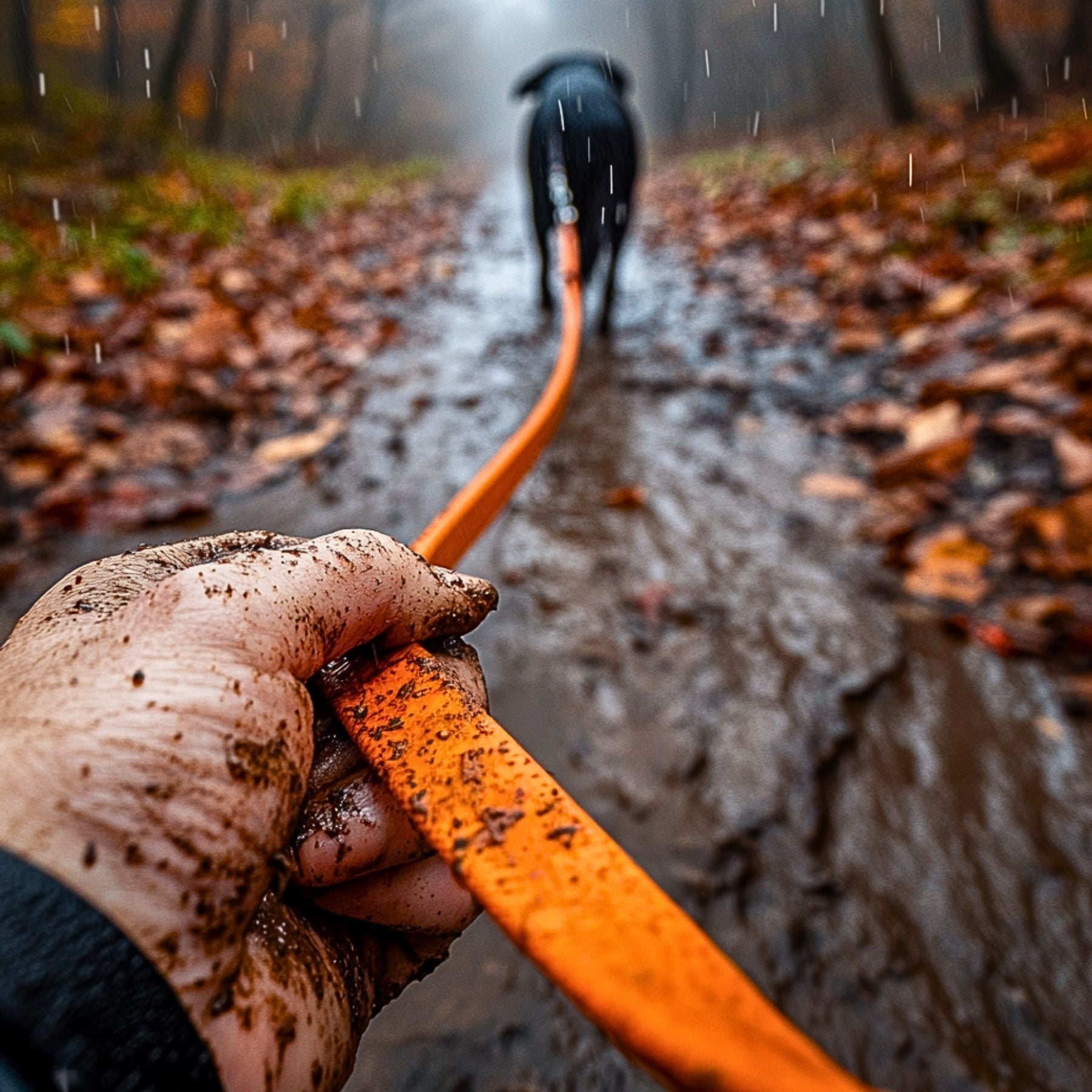
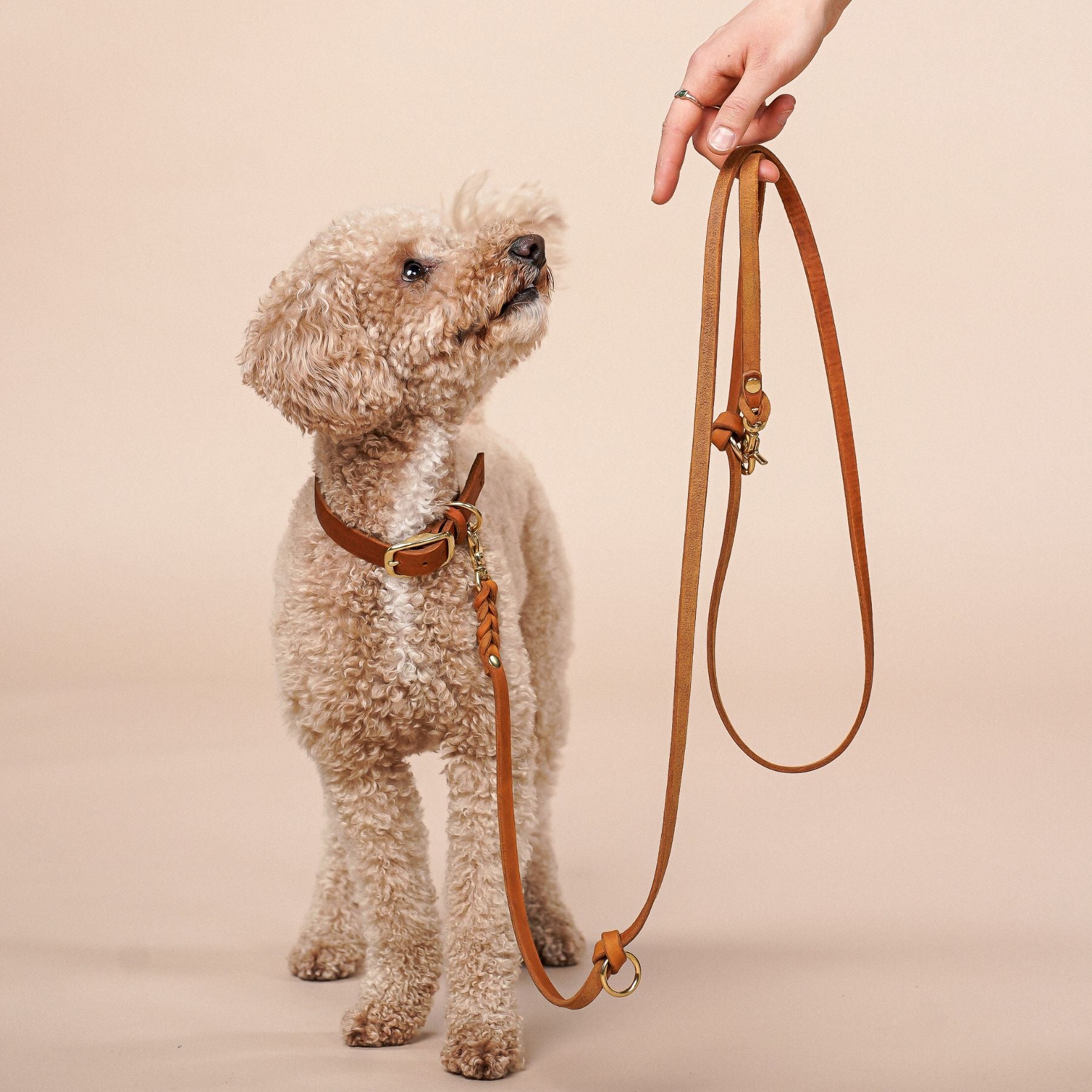
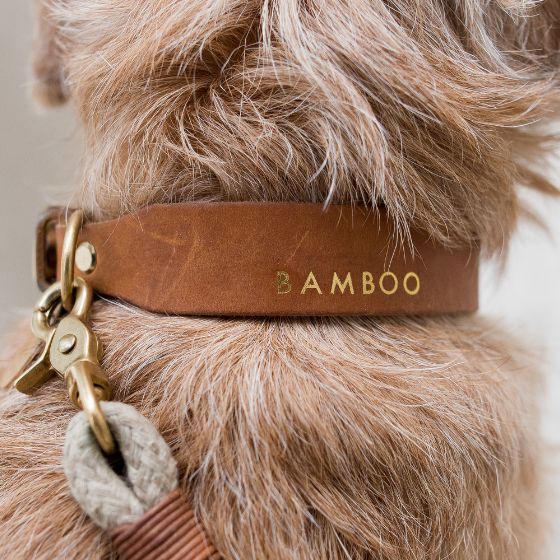

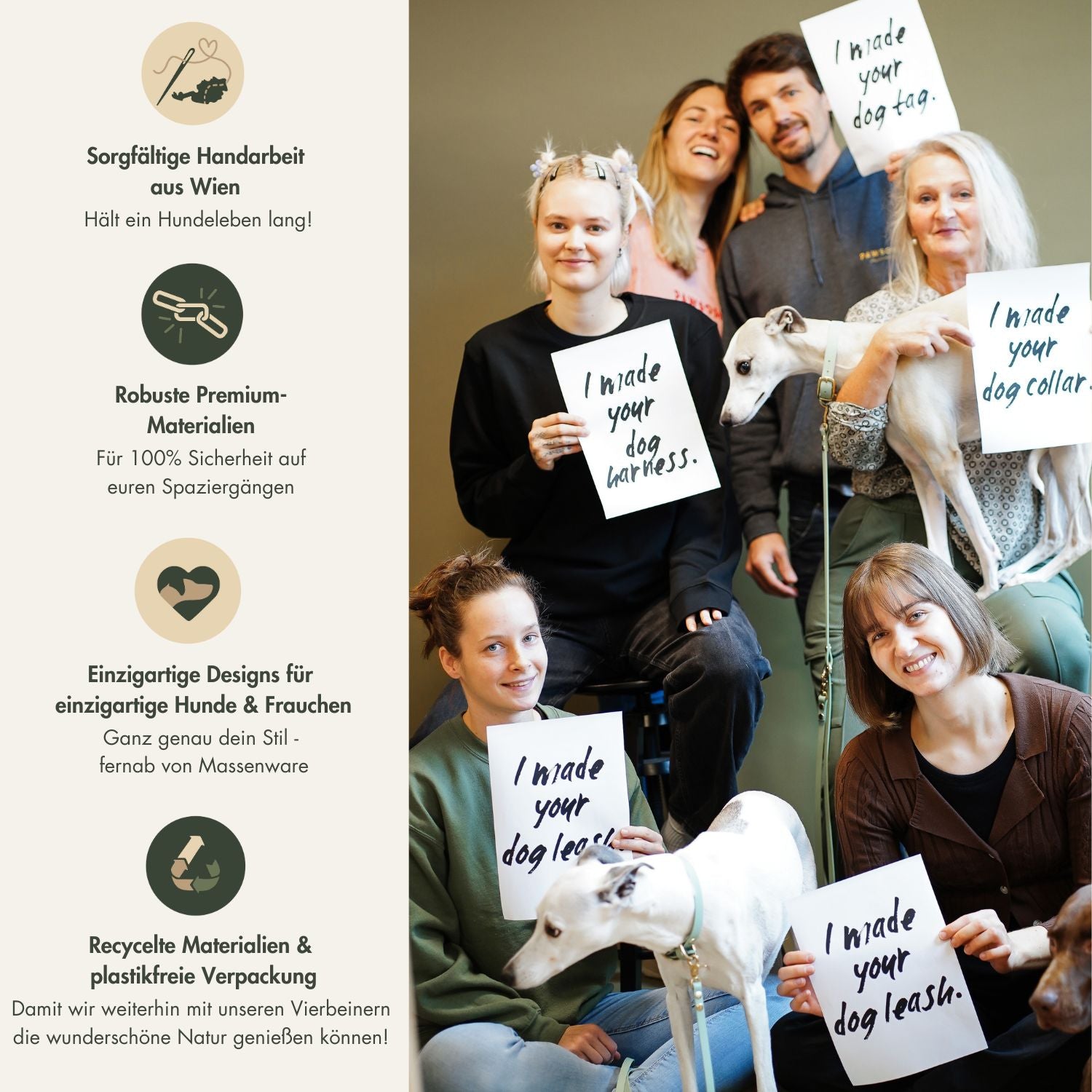

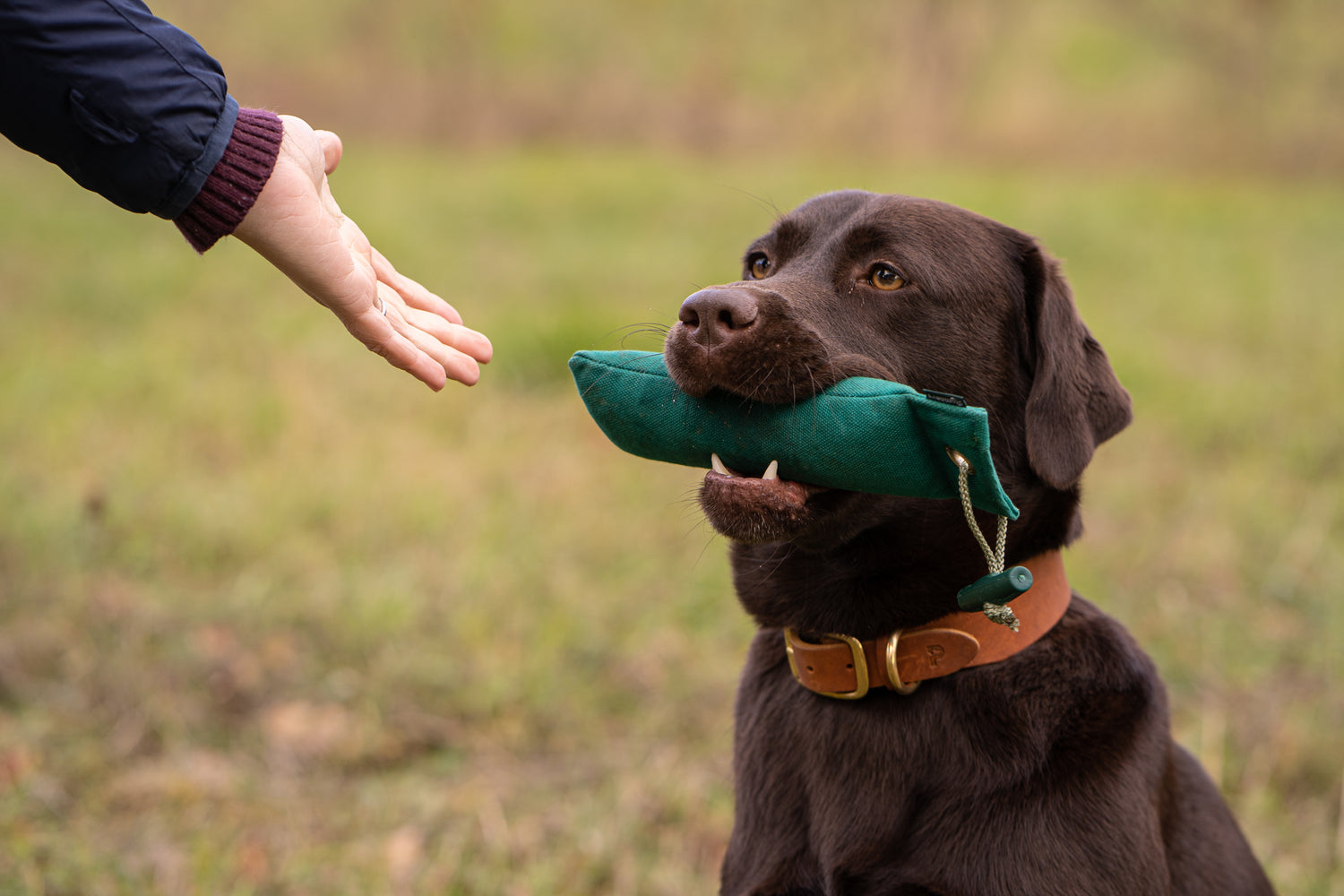
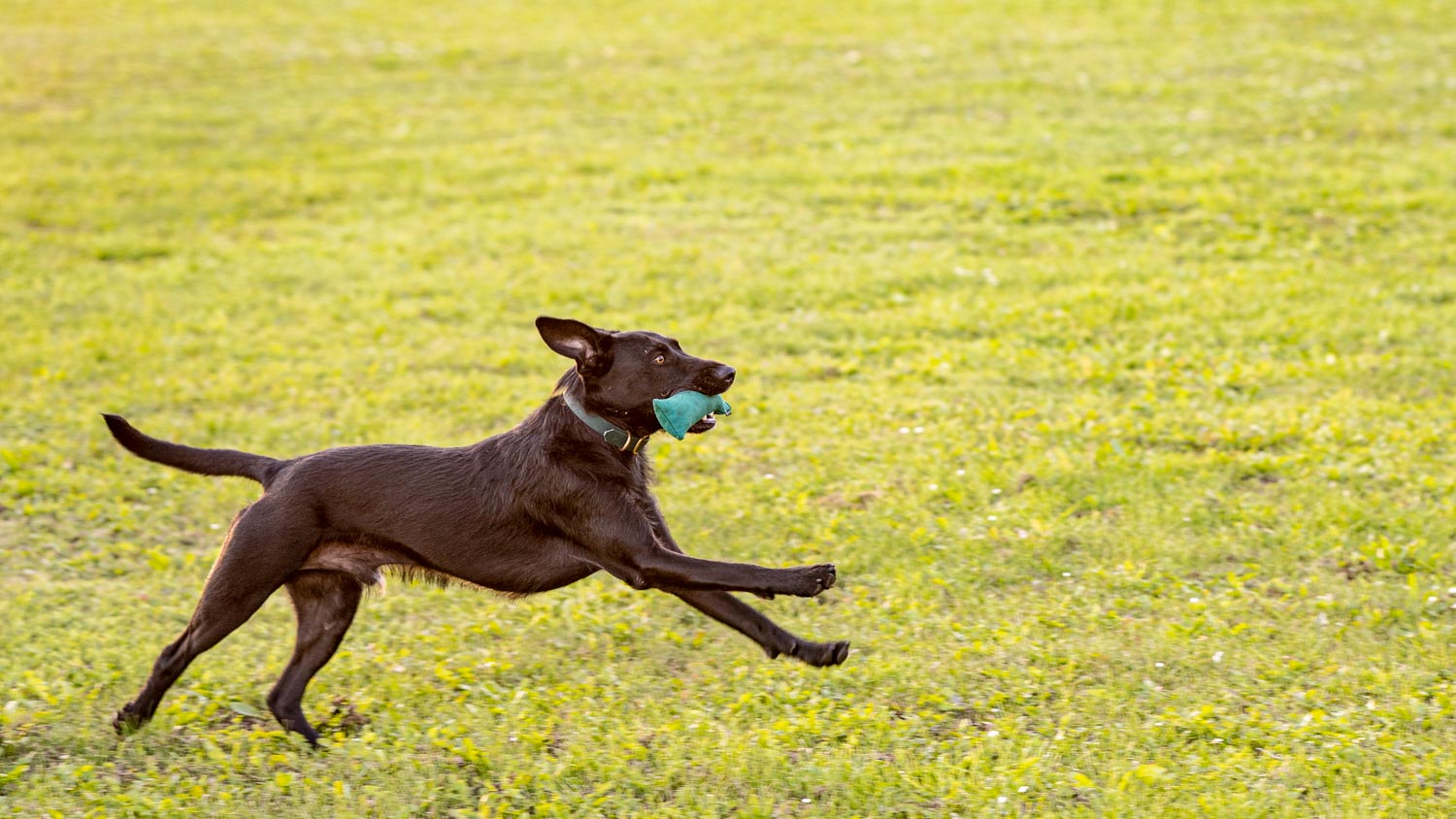

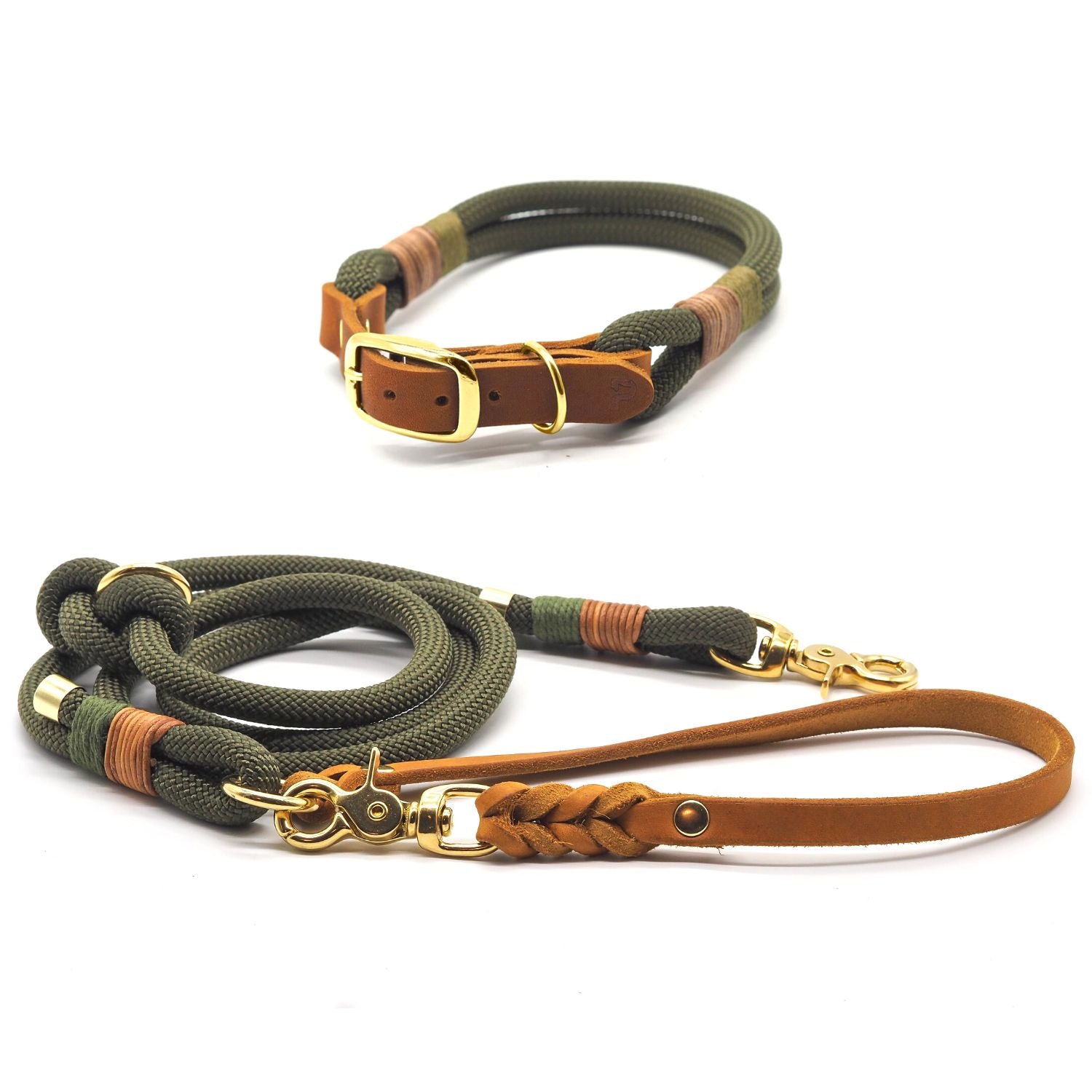
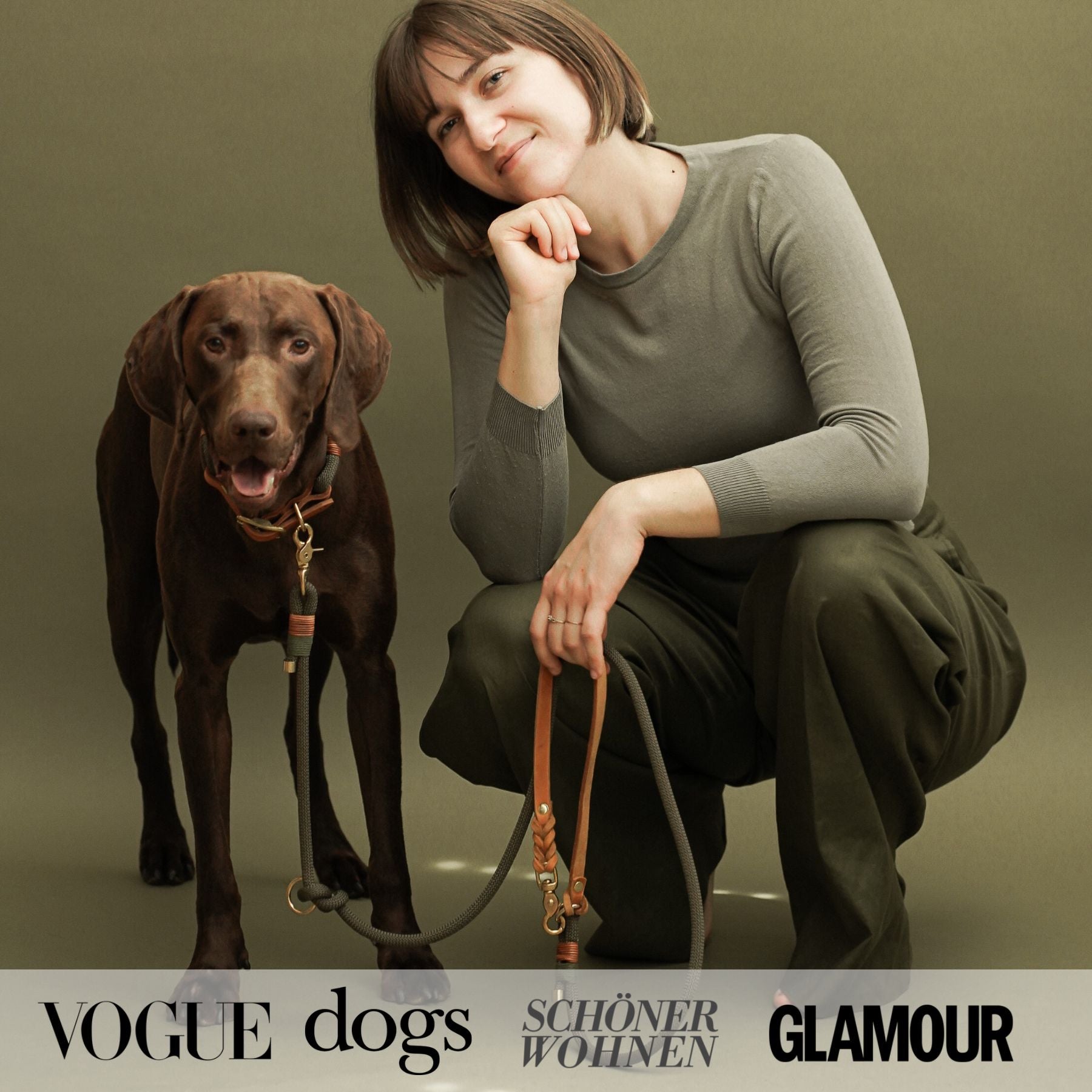
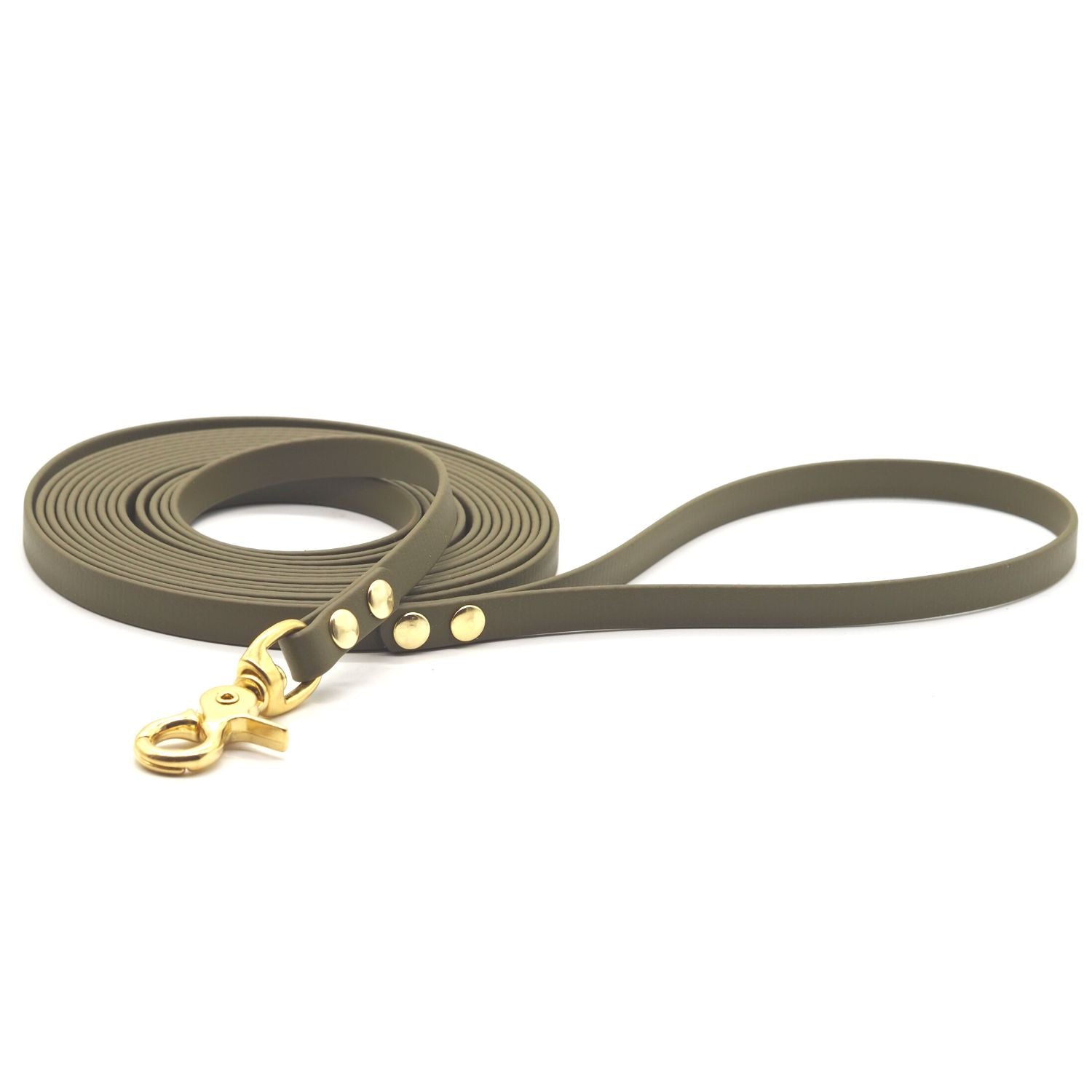


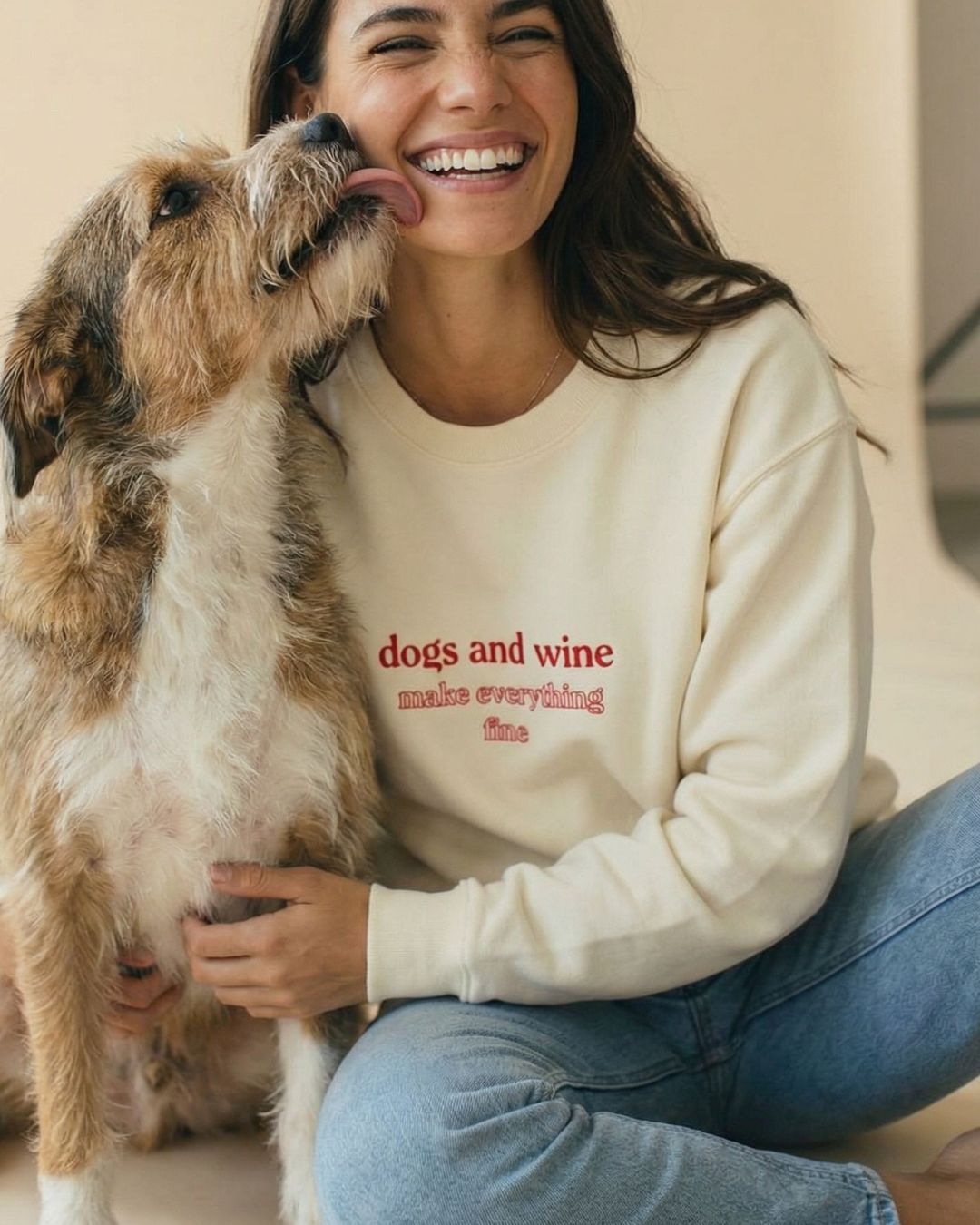



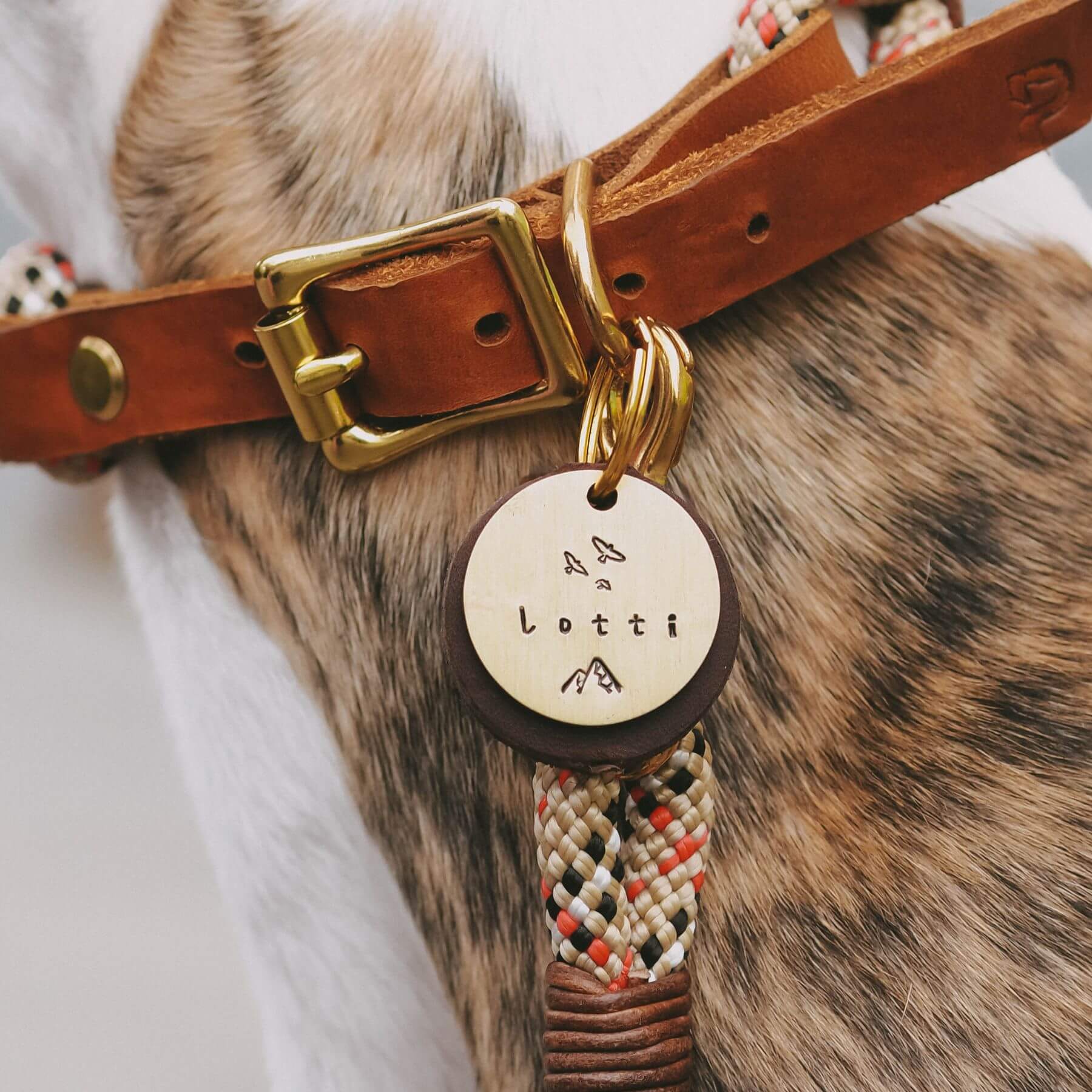

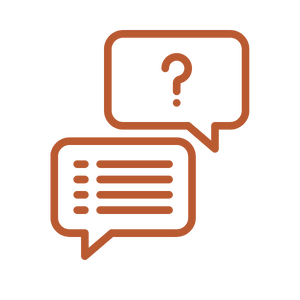

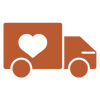
Leave a comment
All comments are moderated before being published.
This site is protected by hCaptcha and the hCaptcha Privacy Policy and Terms of Service apply.